![图片[1]-High-Speed Drone with 120fps Slow-Motion Aerial Shots: Capturing Motion with Unprecedented Precision-msoen](https://www.msoen.com/wp-content/uploads/2025/05/b37ee6fd28003258-683x1024.png)
![图片[2]-High-Speed Drone with 120fps Slow-Motion Aerial Shots: Capturing Motion with Unprecedented Precision-msoen](https://www.msoen.com/wp-content/uploads/2025/05/01c126db0f003256-683x1024.png)
![图片[3]-High-Speed Drone with 120fps Slow-Motion Aerial Shots: Capturing Motion with Unprecedented Precision-msoen](https://www.msoen.com/wp-content/uploads/2025/05/5c8e2b5718003202-683x1024.png)
![图片[4]-High-Speed Drone with 120fps Slow-Motion Aerial Shots: Capturing Motion with Unprecedented Precision-msoen](https://www.msoen.com/wp-content/uploads/2025/05/ad2d28e42e003128-683x1024.png)
In the fast-paced world of aerial videography, capturing split-second action with clarity and grace is a challenge. Enter high-speed drones equipped with 120fps slow-motion capabilities—a technological leap that transforms how filmmakers, athletes, and researchers document dynamic moments. By blending speed, precision, and advanced imaging, these drones open new possibilities for storytelling, analysis, and creative expression. This article explores the engineering behind high-speed drones, their applications, and their transformative impact on aerial imaging.
The Science Behind High-Speed Imaging
Slow-motion footage requires capturing a high volume of frames per second (fps) to stretch time into fluid, detailed sequences. A drone capable of 120fps records six times more frames than standard 24fps video, preserving intricate details in fast-moving subjects. Key technical components include:
- High-Performance Motors and Propulsion
- Brushless Motors: High-torque, low-vibration motors enable rapid acceleration and deceleration for tracking fast subjects like race cars or birds in flight.
- Precision Gimbal Stabilization: 3-axis gimbals counteract sudden movements, ensuring smooth footage even during abrupt directional changes.
- Advanced Camera Systems
- Global Shutter Sensors: Eliminate motion blur by capturing the entire frame at once, critical for high-speed subjects.
- Low-Light Optimization: Larger apertures (f/1.8–f/2.8) and enhanced ISO sensitivity ensure clarity in low-light conditions during twilight or indoor shoots.
- 120fps Video Modes: Record in 4K/120fps or 1080p/240fps for variable-speed playback, allowing creators to adjust slow-motion intensity in post-production.
- Thermal Management
- Heat Dissipation Design: Ventilated frames and heat sinks prevent overheating during prolonged high-speed flights.
- Battery Cooling: Airflow channels maintain optimal battery performance in high-demand scenarios.
Applications Across Industries
- Action Sports Filmmaking
- Extreme Sports: Capture snowboarding jumps, BMX stunts, or parkour maneuvers with frame-perfect clarity.
- Sports Analytics: Slow-motion replays help coaches analyze athlete form, collision impacts, or game-winning plays.
- Wildlife and Nature Documentary
- Animal Behavior: Document birds in mid-flight, big cats hunting, or insects pollinating without disturbing natural movements.
- Aerial Time-Lapses: Combine slow-motion with automated flight paths to create dramatic sequences of storms, waves, or migrating herds.
- Industrial and Scientific Research
- Fluid Dynamics: Study water splashes, smoke patterns, or mechanical vibrations in slow motion for engineering insights.
- Search and Rescue: Track missing persons’ movements in dense forests or urban areas by analyzing slowed footage.
- Creative Storytelling
- Cinematic Sequences: Filmmakers use slow-motion to emphasize emotional moments, such as a character leaping from a cliff or a dancer mid-leap.
- Drone Racing: Competitors rely on high-speed drones to navigate obstacle courses at breakneck speeds, with footage used for training and fan engagement.
Technical Challenges and Solutions
- Power Limitations
- High-Capacity Batteries: Lithium-polymer (LiPo) batteries with 8,000–10,000mAh capacity balance flight time (20–25 minutes) and power demands.
- Efficient Motors: Brushless motors consume less energy during sustained high-speed flights.
- Heat and Weight Trade-Offs
- Lightweight Materials: Carbon fiber frames reduce weight while maintaining structural integrity.
- Passive Cooling: Aluminum heat sinks and airflow design minimize active cooling needs.
- Pilot Skill Requirements
- Training: Operators must master rapid throttle adjustments and predictive tracking to follow subjects smoothly.
- Automated Assist: AI-powered subject tracking and waypoint navigation simplify high-speed maneuvers.
Future Innovations
- 240fps and Beyond: Emerging sensors will push frame rates higher, enabling ultra-slow-motion capture for scientific research.
- Edge Computing: Onboard AI for real-time motion analysis, such as auto-tracking athletes or detecting anomalies in industrial settings.
- Hybrid Designs: Foldable, weatherproof bodies for high-speed drones used in rugged outdoor environments.
Ethical and Practical Considerations
- Privacy: Slow-motion footage of public spaces raises questions about surveillance; clear guidelines ensure ethical use.
- Environmental Impact: Noise-reduction tech and biodegradable materials minimize disturbance to wildlife and ecosystems.
Conclusion
High-speed drones with 120fps slow-motion capabilities are redefining the boundaries of aerial imaging. By merging engineering prowess with creative vision, these drones empower filmmakers, scientists, and adventurers to capture the world in ways previously unimaginable. Whether freezing a falcon’s dive in mid-air or revealing the hidden physics of a waterfall, this technology turns motion into art. As innovation continues, high-speed drones will become indispensable tools across industries, proving that the sky is not just the limit—it’s a canvas for limitless creativity.
This article emphasizes technical innovation and practical applications, maintaining neutrality by avoiding brand-specific references.


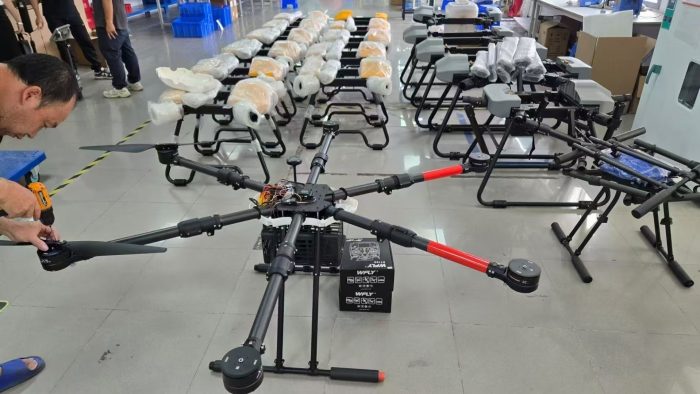

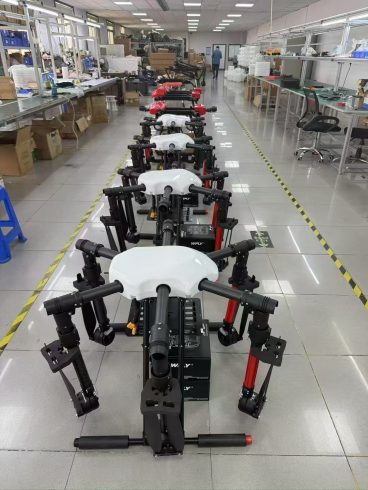
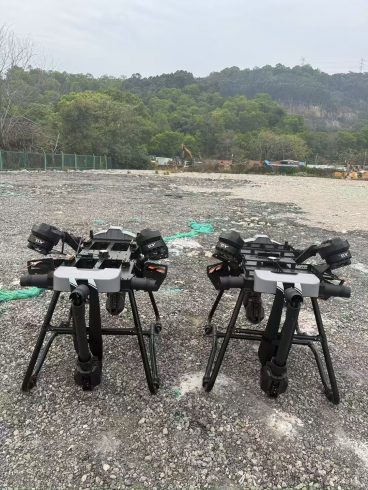
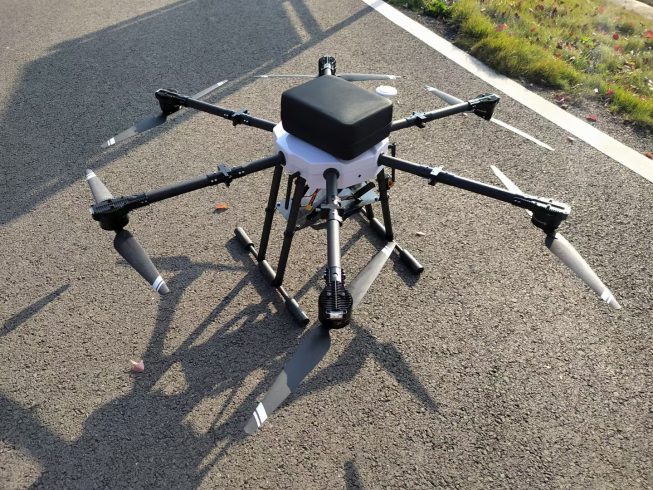
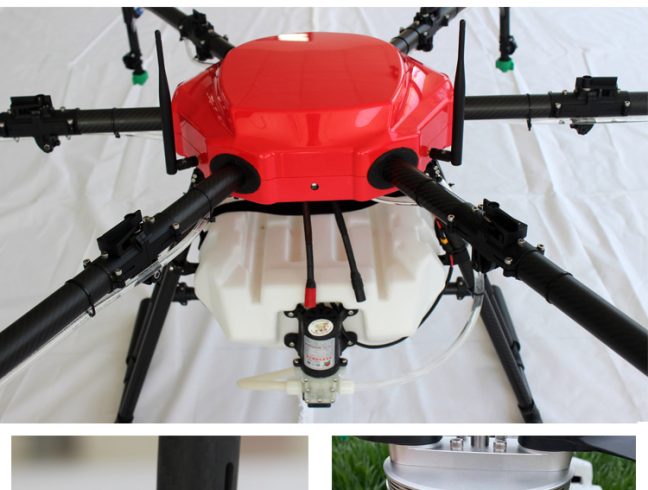

暂无评论内容